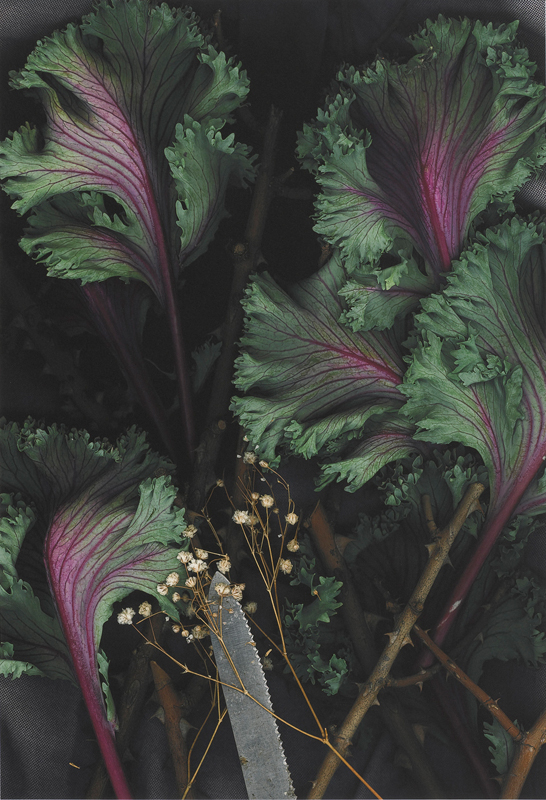Human/Nature: Photographers Constructing the Natural World
Long-revered conventions have held that landscape and nature photography should minimize evidence of human presence. In this framework, the best images offer up the pristine vistas that photographer Lewis Baltz has wryly characterized as “the privileged world of pure nature.” The ten artists in Human/Nature: Photographers Constructing the Natural World play with and against this tradition. In the work on display, these artists treat signs of humanity, and our activities, as essential, constitutive elements of their image-making practice rather than as undesirable or unfortunate inclusions. Drawing upon American photography from the 1960s to the present in the Norton Simon’s permanent collections, this exhibition sees “nature” and “culture” not in opposition, but in dialogue.
Against the modernist—some would say, romantic—tradition of canonical figures like Edward Weston and Ansel Adams, photographers in the 1970s began to focus on landscapes beyond “pure nature.” During this decade, photography that included and even emphasized human alterations to the landscape was established as a legitimate avenue for artistic consideration. Accordingly, Lewis Baltz, Victor Landweber, Robert von Sternberg and other artists in Human/Nature pictured landscapes marked by suburbanism, tourism and industry. While such transformed landscapes are distinguished by their innovative subjects and their formal beauty, they also invite critical conversations about the impact of our interactions with the non-human world. Along these lines, the bright orange traffic cone that punctuates von Sternberg’s Columbia Ice Field, Canada, 2009, is at once a playful, unexpected splash of color in an otherwise stark landscape and a reminder of the “snow coaches” that carry tourists as far as the remote Canadian Rockies.
A number of artists in Human/Nature explore a particular paradox: photographers must use uniquely human technologies in their representations of the non-human world. These artists revel in scenarios where the natural and the constructed meet and blend. Darryl Curran, Robert Fichter, Kenneth Josephson and others place trees, plants and vegetables in communication with innovative processes, from the Polaroid to the smartphone. Two artists in the exhibition, Curran and Jane O’Neal, use the technology of the flatbed scanner to create their images, called “scanograms.” Curran’s flattened arrangement of colorful cabbage leaves, delicate baby’s breath, thorny rose stems and a serrated knife on the surface of the scanner links Savoy Cabbage, Baby’s Breath, Blade, 1995, to the photograms and cyanotypes of early photography, in which objects were arranged on photo-sensitive paper, and which likewise often featured a blend of man-made and natural artifacts. The inclusion of a knife among the cut leaves and stems, moreover, signals human presence—and, perhaps, humanity’s power to destroy as well as to construct.
From subtle to arresting, lyrical to critical, the photographs in Human/Nature present a world mediated by human activity. This exhibition will be on view in the Museum’s small rotating exhibitions gallery on the main level from March 6 through August 31.

